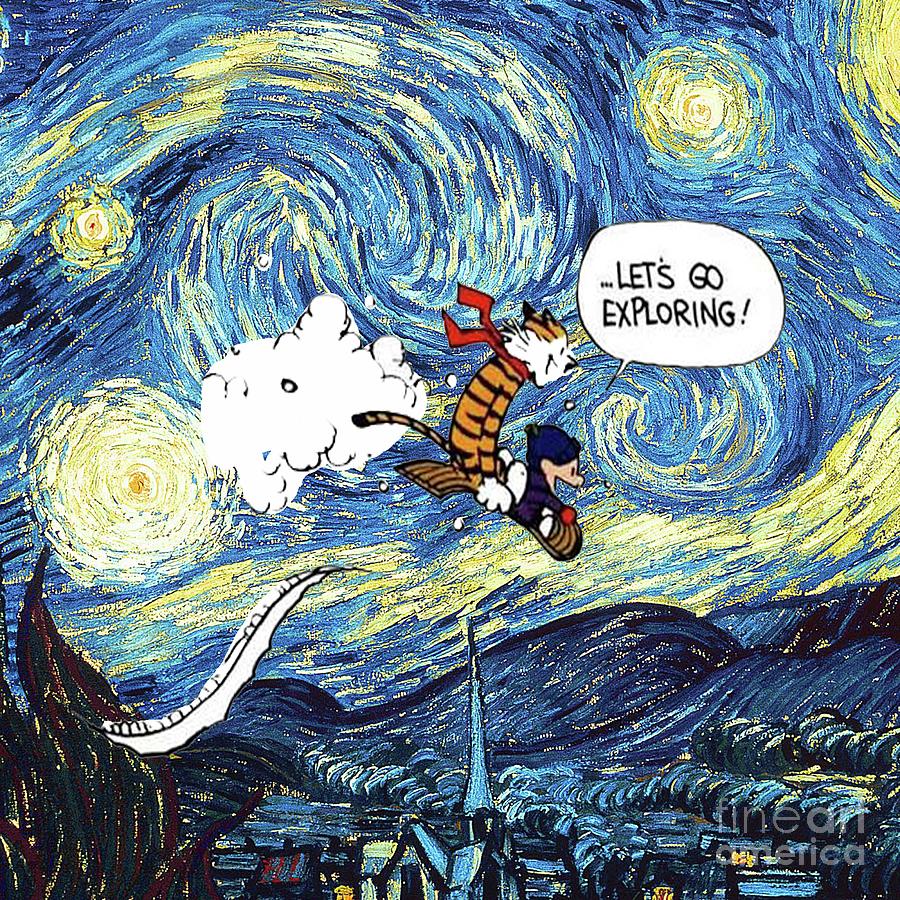


If you can’t, probably best not to read any further.

For people who are interested in the theological and psychological mechanics of the Law (what you should do/be), it’s just too tempting. It has become something of a Mockingbird tradition to take a few shots at the concept and practice of New Year’s resolutions every January. The series is so good, in fact, that it’s prevented me from writing about Calvin and Hobbes at any length–until now. In fact, there’s a wonderful, wonderful series called “The Theology of Calvin and Hobbes” that Richard Beck put together a few years ago on his Experimental Theology blog that, if you haven’t read it, is very much worth your time. There are tributes elsewhere that cover the craft and content of the strip. The amount of expression and joy and humanity that Bill Watterson was able to wring out of those four panels over ten short years (1985-1995) is simply astounding. Mark my words: Calvin and Hobbes will go down as one of the abiding cultural achievements of our time. Just last week, a second grader came over to our house for a playdate and essentially melted down when he spied the boxed set sitting on our shelf. I watch every year as parents of young children giddily introduce the work to kids scarcely older than Calvin himself–and the kids get obsessed. Instead, it is slowly but surely being recognized as the work of art that it is, and not just by the generation that grew up reading it. While two decades may sound like a long time, the strip has dated remarkably little. This’ll make you feel old: New Year’s Eve 2020 marked the 25th anniversary of the end of Calvin and Hobbes.


 0 kommentar(er)
0 kommentar(er)
